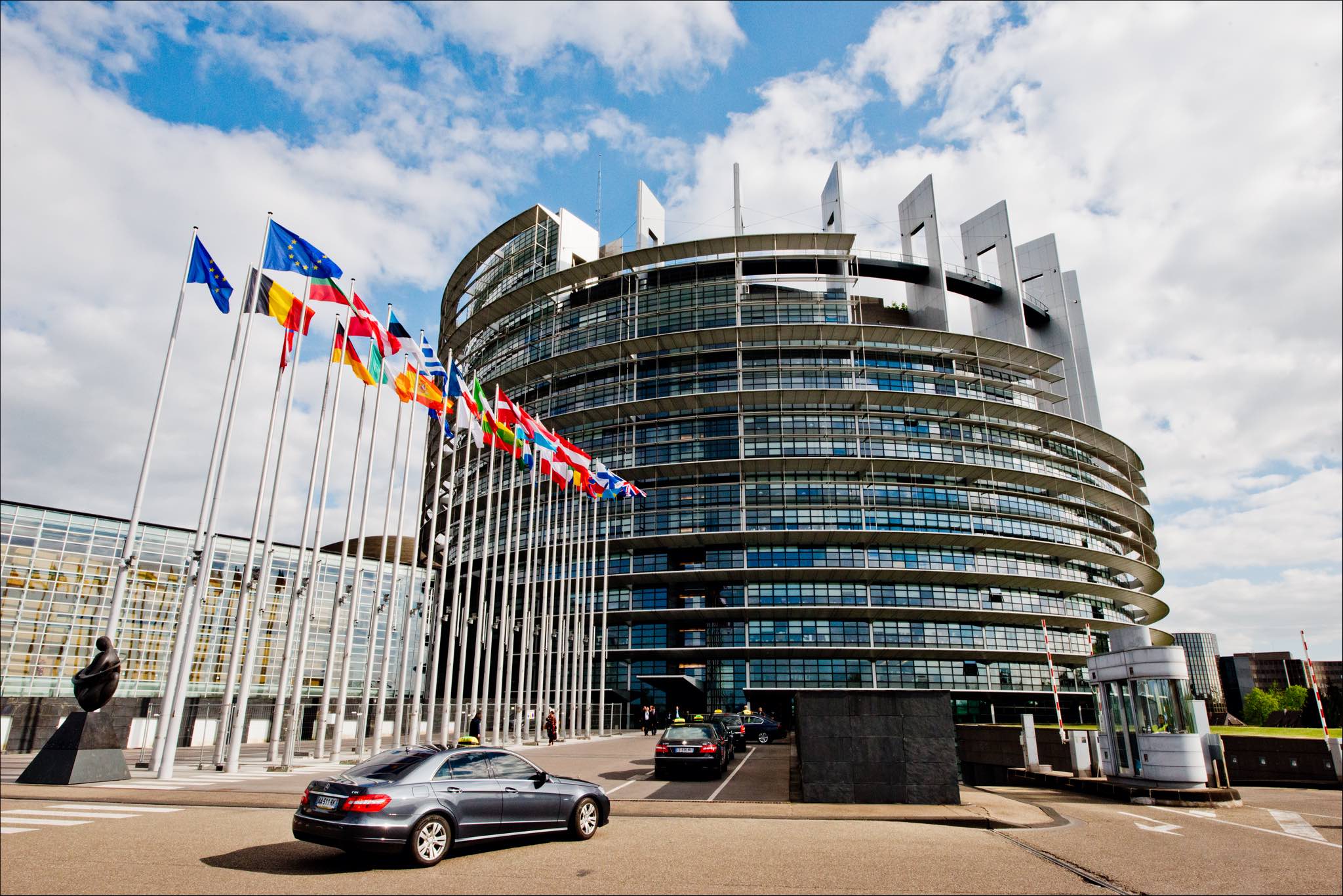As the Task Force for a Resilient Recovery begins work on low-carbon, resilient pathways for post-COVID-19 recovery, it’s worth taking a step back to examine how stimulus spending is actually financed and what patterns are emerging from the design and implementation of such packages in Europe, Japan, South Korea, and Australia.
The majority of COVID-related stimulus financing comes from increased government borrowing. For example, the US Treasury has said that in order to roll out its new COVID stimulus package, it would need to borrow USD 3 trillion before the end of June. To put this number into perspective, it borrowed USD 1.28 trillion during the whole year of 2019.
The situation is similar in the European Union, especially with the EU’s Stability and Growth Pact de facto suspended. The Italian government is widening its budget deficit by EUR 55 billion. As a result, its public debt to GDP ratio is expected to jump to 155.6%.
The majority of COVID-related stimulus financing comes from increased government borrowing … This raises bigger questions about debt sustainability. Can all this debt be paid back? Is it even meant to be paid back?
This raises bigger questions about debt sustainability. Can all this debt be paid back? Is it even meant to be paid back? As Angel Gurría, secretary-general of the OECD, points out: “The extra debt being taken on by already heavily indebted governments and companies to tackle the coronavirus crisis will come back to haunt us.”
Related topics: Avoid a COVID-19 Hunger Crisis – Indigenous Peoples Practices Can Guide Our Recovery – Is Peace the Cure?
CENTRAL BANKS AND QUANTITATIVE EASING AS SOURCES FOR STIMULUS FUNDING
The other major sources of financing for stimulus measures are central banks. With interest rates at historic lows, quantitative easing (QE) has become the dominant monetary policy tool to respond to COVID-19. Central banks, especially in developed economies, are significantly increasing the size of their existing asset purchases. In some cases, such as Japan and the United States, the central bank has even removed the upper limit for its QE operations.

In terms of asset classes, many central banks have moved beyond government bonds and scaled up purchases of commercial papers, corporate bonds, asset-backed securities, exchange-traded funds, and even real estate investment trusts. This has resulted in the ballooning of central bank balance sheets. For example, even before the pandemic, the Bank of Japan had a bigger balance sheet than the Japanese economy, owning 43% of all outstanding government debt.
The main purpose of all this QE is to push down long-term interest rates, alongside short-term rates, so businesses can have access to cheap financing. At the same time, it raises the question of whether central banks are directly financing their countries, which is illegal in most jurisdictions, and could potentially lead to runaway inflation. Indeed, this might be an opportune time to reopen the debate over the merits and downsides of modern monetary policy.
A NEW APPROACH: COVID-19 BONDS
COVID-19 bonds have emerged as a new way to tap capital markets to finance COVID stimulus measures. By the end of April 2020, about EUR 60 billion of bonds have been issued: 90% of it coming from sovereign supranational agency (SSA) issuers, and the remaining 10% from corporates. AXA Investment Managers expect the total issuance to reach EUR 100 billion by the end of 2020 if the current trend continues.
While in absolute numbers, COVID-19 bonds lag behind the monetary and fiscal measures discussed earlier, they can become a popular way to raise financing without increasing already high public debt levels. For example, Kookmin Bank in South Korea has recently issued a Covid-19 Response Sustainability Bond, where proceeds were used to extend loans to COVID-hit small and medium-sized enterprises (SMEs), home businesses, and small offices.
Another notable example is from the European Investment Bank. It has tweaked its existing Sustainable Awareness Bond program to make COVID-related interventions eligible for the use of proceeds. Its recent Euro-denominated COVID-19 bond was issued with a negative yield (issue price above par >100, no coupon), while seven times oversubscribed.
As the integration of environmental, social, and governance (ESG) factors are becoming mainstream in the financial sector, COVID-19 bonds are likely to generate significant interest.
This confirms the significant investor interest for high-investment grade, sustainable bond issues. As the integration of environmental, social, and governance (ESG) factors are becoming mainstream in the financial sector, COVID-19 bonds are likely to generate significant interest. This will translate into a low cost of financing for response measures while decreasing reliance on public resources.
Surprisingly, only a few countries are taking advantage of government loan guarantees as a response to COVID. Guarantees are a great way to leverage government balance sheets to decrease the cost of financing for businesses in COVID-hit sectors. Governments would do well to explore where these instruments could be used to address the financing bottlenecks in their economies.
WHAT TO WATCH FOR: SUSTAINABILITY TARGETS FOR STIMULUS MEASURES
Finally, the question arises whether governments are accompanying stimulus measures with conditionalities or targets on sustainability performance? As the pandemic ebbs and our focus on recovery takes precedence, this is indeed the space to watch in the weeks to come.
The reliance on government borrowing and quantitative easing as a source of financing for early stimulus measures is understandable given the urgency of implementation. At the same time, it is crucial that long-term recovery measures take advantage of alternative sources of financing. COVID-19 bonds should play a significant role here (alongside loan guarantees and other privately financed solutions) in helping avoid overloading government balance sheets. Indeed, this is the only way to ensure that inflation and high public debt levels do not come back to haunt us.
About the author: David Uzsoki is a Senior Advisor, Sustainable Finance in IISD’s Economic Law and Policy Program.
EDITOR’S NOTE: The opinions expressed here by Impakter.com columnists are their own, not those of Impakter.com. Photo Credit: iStock












